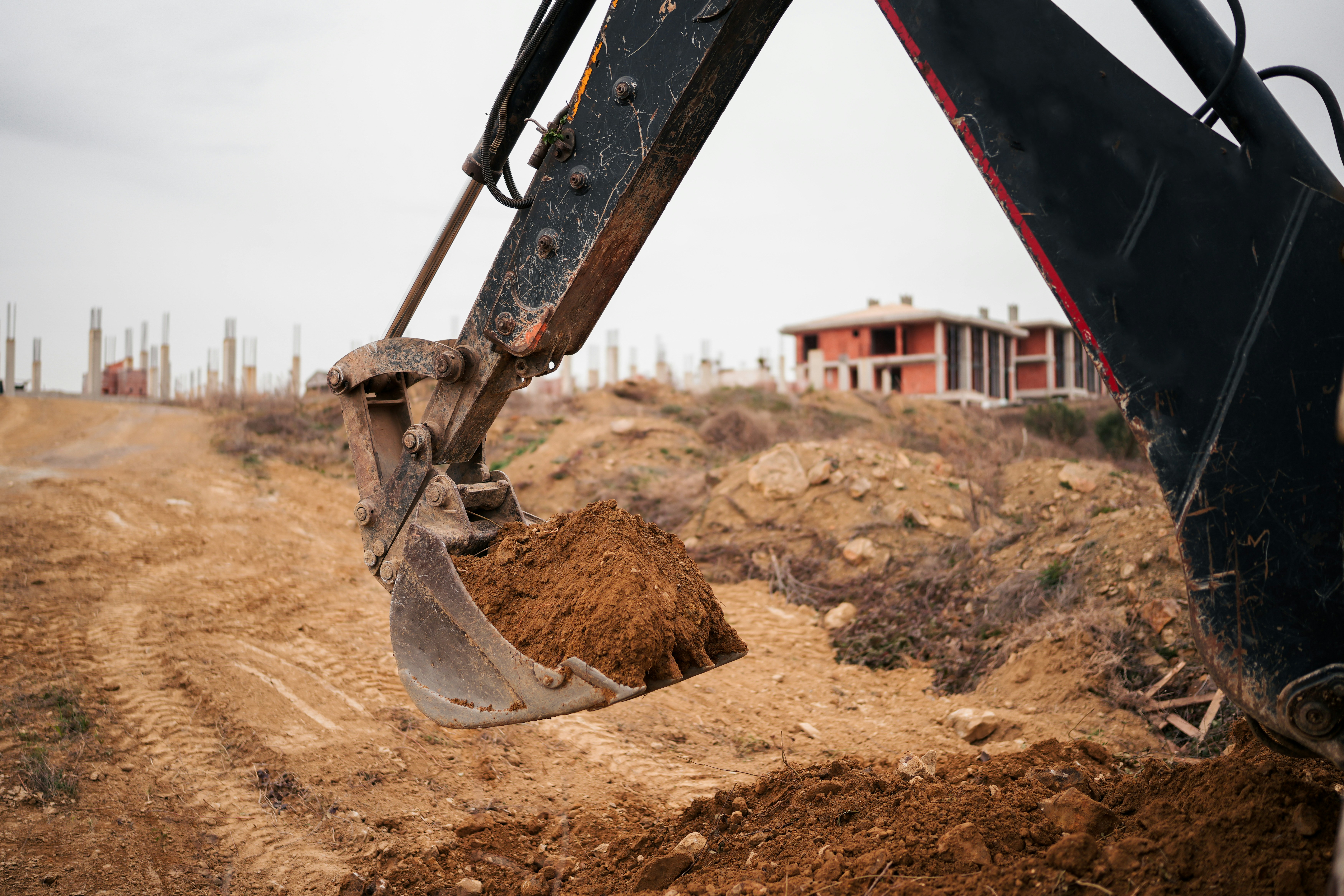
By Louis Mirante
Thanks to a recent blockbuster U.S. Supreme Court ruling on excessive and often arbitrary local fees, reform may be on the way that could help ease California’s worsening housing crisis. But critical unanswered questions from the ruling could also lead to an unproductive morass of litigation – something state legislation could avert.
The case, Sheetz v. County of El Dorado, stems from a homeowner who had to pay $23,420 in county fees to mitigate the transportation impact from a single home he proposed to build himself. George Sheetz challenged the fees, arguing that the Constitution limits what the government can take from you without fair compensation.
Lower courts disagreed, citing a long-established precedent allowing the fees based on the way they were charged. But the Supreme Court in a unanimous decision with wide-ranging implications said that yes, because the Constitution does not distinguish  between the way a fee is charged, neither will they.
between the way a fee is charged, neither will they.
Fees on housing in California are the highest in the country and have been for decades, largely because Proposition 13 took away large amounts of money from old, single-family housing that subsidized local governments. Fees here are expensive: the UC Berkeley Terner Center for Housing and Innovation found that just one type of fee can be as high as $160,000. Sunnyvale, for example, charges a park fee of $108,000 per home.
There is little argument that onerous fees like these are a major contributor to California’s housing shortage and affordability crisis.
Still, there are obvious benefits to fees too. They fund many critical services that make our communities better and safer, such as schools, parks and transportation projects. That’s why the Bay Area Council submitted an amicus brief urging the Supreme Court to take a “middle-road” approach that would allow some fees while reining in abuses.
That’s exactly what the Supreme Court did. The case establishes unequivocally that housing developers can challenge unfair fees in court, but that’s where it stops.
Left unanswered is how the decision should be interpreted and implemented. It critically does not answer when fees can be challenged, because current law only allows 120 days for this, which can be years before a developer knows they will have a project. Nor does it answer what to do in a situation where a fee is too high, seemingly indicating that no fee at all should be paid in that situation, rather than a lower one. And it critically provides little guidance as to what constitutes a reasonable fee.
The Supreme Court largely punted these questions back to state courts, inviting a decade of litigation to establish case law answering these questions. That doesn’t help anyone.
To avoid this, the state legislature should work within the guardrails of the Supreme Court ruling to provide clear guidelines, rules and standards for imposing and challenging fees. Lawmakers should indicate what they believes is a reasonable fee in most cases, and should encourage quick settlements when disputes about fairness arise.
If implemented correctly, this Supreme Court ruling could present the biggest opportunity we’ve had in many years to eliminate a significant barrier to affordable housing in California. Implemented poorly or ignored entirely, and we wade through a decade of litigation before standards are clear.
Let’s jump at the chance to make building easier.
Originally published in CalMatters
Louis Mirante is the vice president of housing policy for the Bay Area Council, a regional public policy group representing 325 of the Bay Area’s largest employers.
